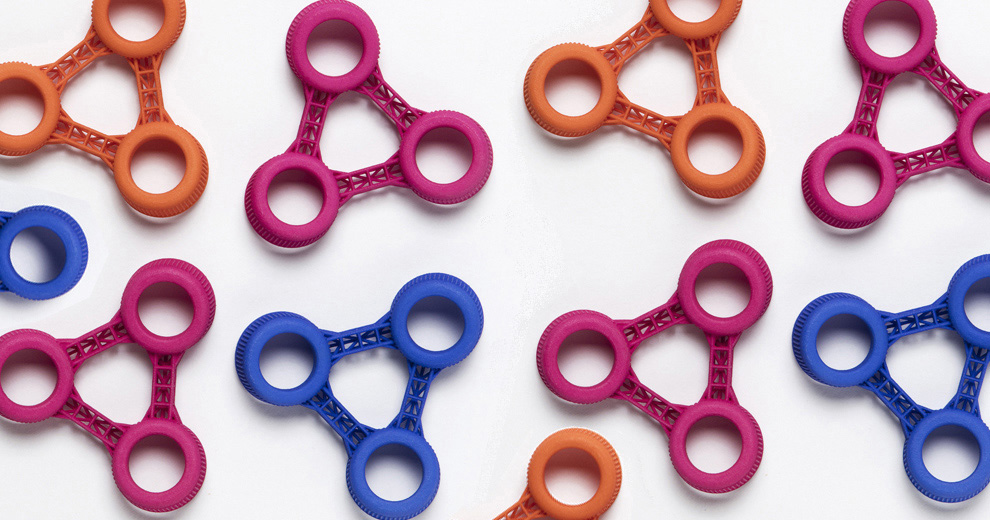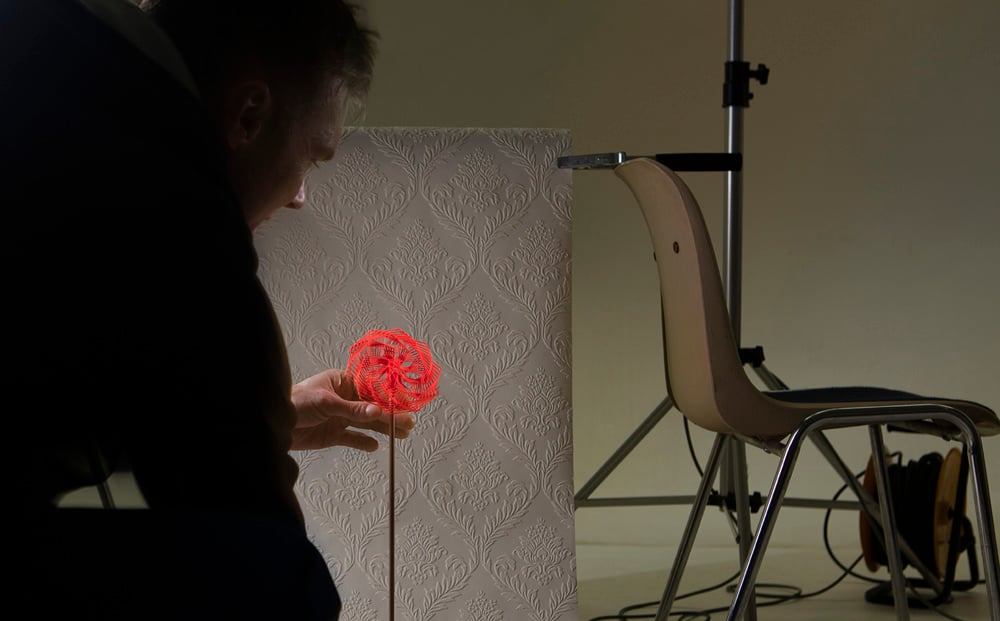
What’s a 3D print artist to do? Bury their works in a gigantic 3D print service? Or is there another route to sales and exposure?
This is a problem for 3D print artists of today: how to market their works. There’s only a few choices, each with advantages and disadvantages.
One choice is to simply drop their collections on to one (or all) of the popular 3D print services like Shapeways, Sculpteo, i.Materialise or others. Each of these services offers wonderful solutions for setting up a branded “store” within their environment. The goal of these 3D print services, of course, is to keep their fleet of 3D printers as busy as possible. They do this by increasing the number of printing options as high as possible by recruiting as many artists and designers as they can.
The more things to print, the more printing will get done, the theory goes.
But for the artist, this is a dilemma, because the 3D print services’ goals are at odds with their own. An artist’s goal is to have their works exposed to as many people as possible – and make as many sales as possible.
But in a 3D print service that has hundreds, thousands or even tens of thousands of other artists, it’s becoming almost impossible to get noticed.
Artists almost have to resort to “search engineering” techniques in their branded stores to somehow attract attention. While difficult now in the largest 3D print services, it is only going to get far worse as time elapses. Even more artists will arrive, pushing down and diluting search results for the individual artist.

This is a problem not uncommon: in the Apple App Store or Google Play Store, where there are apparently millions of apps, it’s similarly impossible to get noticed. I guess the fundamental element of these situations is that the human mind can only comprehend so many things at a time. That and the limited time one might devote to searching for items.
Another option for artists is to simply do it themselves by setting up their own shop. One excellent example of this is LAYERS, a design shop set up by Dutch designer David Graas in 2013. This site offers a good selection of very interesting artistic 3D prints for a fee.
In such a shop, the artist typically does not do the 3D printing themselves, but again relies on a 3D print service behind the scenes. However, as the online shop is independent, it can negotiate rates or at least choose a 3D printing partner with optimal fees.
The downside of self-selling, of course, is that browsing traffic is hard to come by. Once again, the artist must resort to search engineering to bring visitors to the site.
Another option for designers is to simply use ALL of these approaches: set up branded stores in every 3D print service that will permit it in addition to setting up a separate, independent online store.
That’s a lot of work, but it may result in the most business. And, guess what? It it still requires search engineering.
Perhaps the art schools should start teaching search engineering skills?
Via LAYERS

